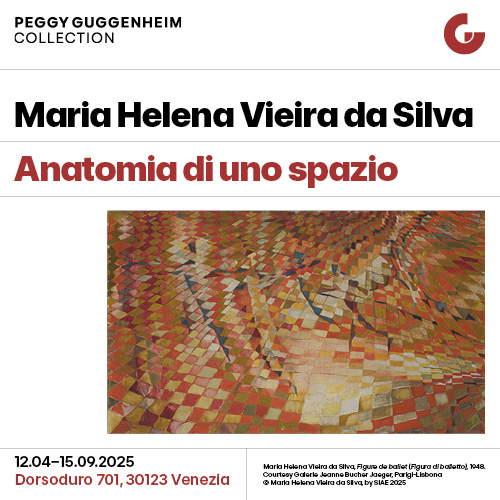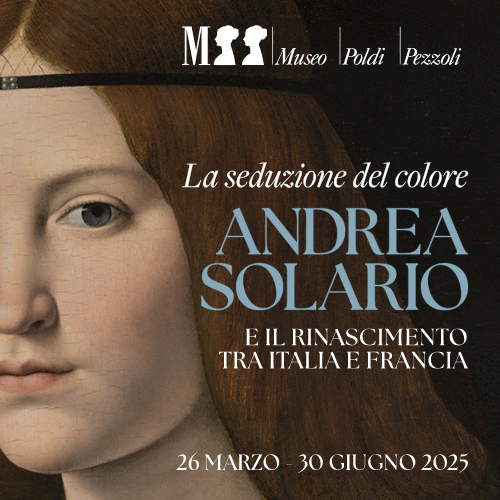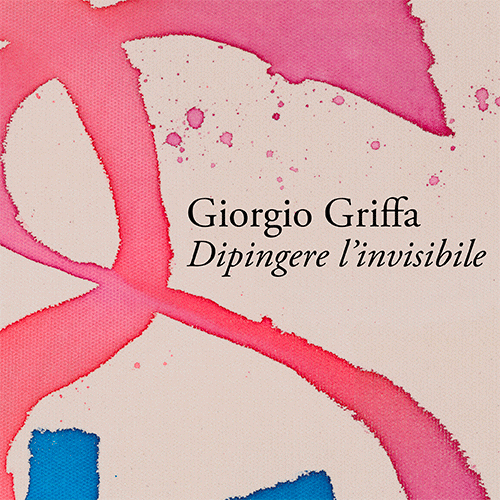France, Douai museum announces discovery of a rare portrait of Lavinia Fontana
The Musée de la Chartreuse in Douai, northern France, announces that it has discovered what the institution says is an unpublished painting by Lavinia Fontana (Bologna, 1552 - Rome, 1614), one of the greatest painters of the 16th century. The discovery came as part of a program to study and restore the collection of Italian paintings that the museum launched in 2024 with a view to relocating them. This project, called “Seicento,” is based on the advice of a scientific committee of specialists.
The work was noticed by the scholar Philippe Costamagna, curator of the Fragonard Museums in Grasse and an eminent specialist in Florentine Mannerism, world-renowned for his “eye” (i.e., his ability to attribute paintings, on which he has also written a successful book): it is a Portrait of a Gentleman, His Daughter and a Maid that was in the museum’s storage rooms.
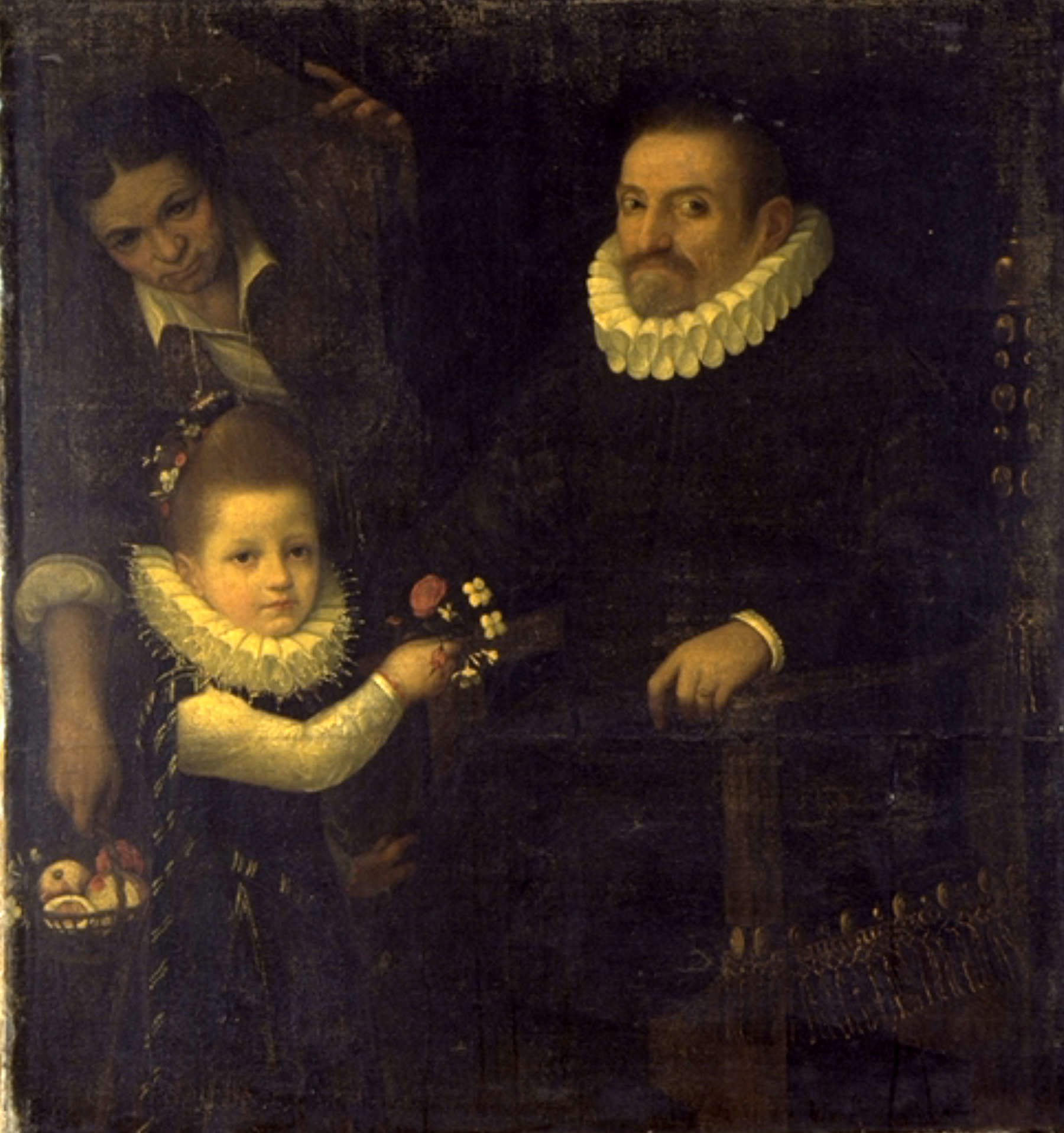
This oil on canvas, almost square in size (115 x 107 cm), was bequeathed to the Douai museum in 1857 by Dr. Énée-Aimé Escallier. It has since been inventoried under the name Pieter Jansz. Pourbus (Gouda, c. 1523 - Bruges, 1584), Flemish Renaissance painter. This painting depicts a father dressed in black, sitting in an armchair, wearing a ruff, and his daughter, also wearing a ruff and dressed in the same color, handing him flowers. In the background, a maid slides aside a curtain to place a basket of fruit. After studying it, Philippe Costamagna formally recognized Lavinia Fontana’s brush in this work.
The painting, which needs restoration in order to be permanently integrated into the permanent collections of the Chartreuse Museum, is unparalleled in France: works by the Bolognese artist are in fact quite rare in French public collections. The Louvre owns only one Holy Family (INV 383) whose attribution is controversial (sometimes attributed to Lavinia’s father, Prospero Fontana). The Blois Castle Museum possesses the famous portrait of Antoinette Gonzalez, while the museums of Bastia, Besançon, Bordeaux, Cherbourg, Compiègne, Marseille, and Rouen hold individual portraits or religious or mythological scenes. The painting in the Chartreuse Museum in Douai would be the only group portrait of Lavinia Fontana preserved in France.
Lavinia Fontana grew up in a cultured environment and learned to paint from her father Prospero. Best known for her portraits, she also painted large altarpieces and small devotional paintings, as well as rare mythological scenes. Married in 1577 to the painter Gian Paolo Zappi, who gave up his art to become her agent, she received commissions from Popes Gregory XIII and Clement VIII and for the royal monastery of El Escorial in Spain. Settling in Rome in 1603, she was the first painter elected to the Accademia di San Luca. A significant discovery therefore by the French museum.
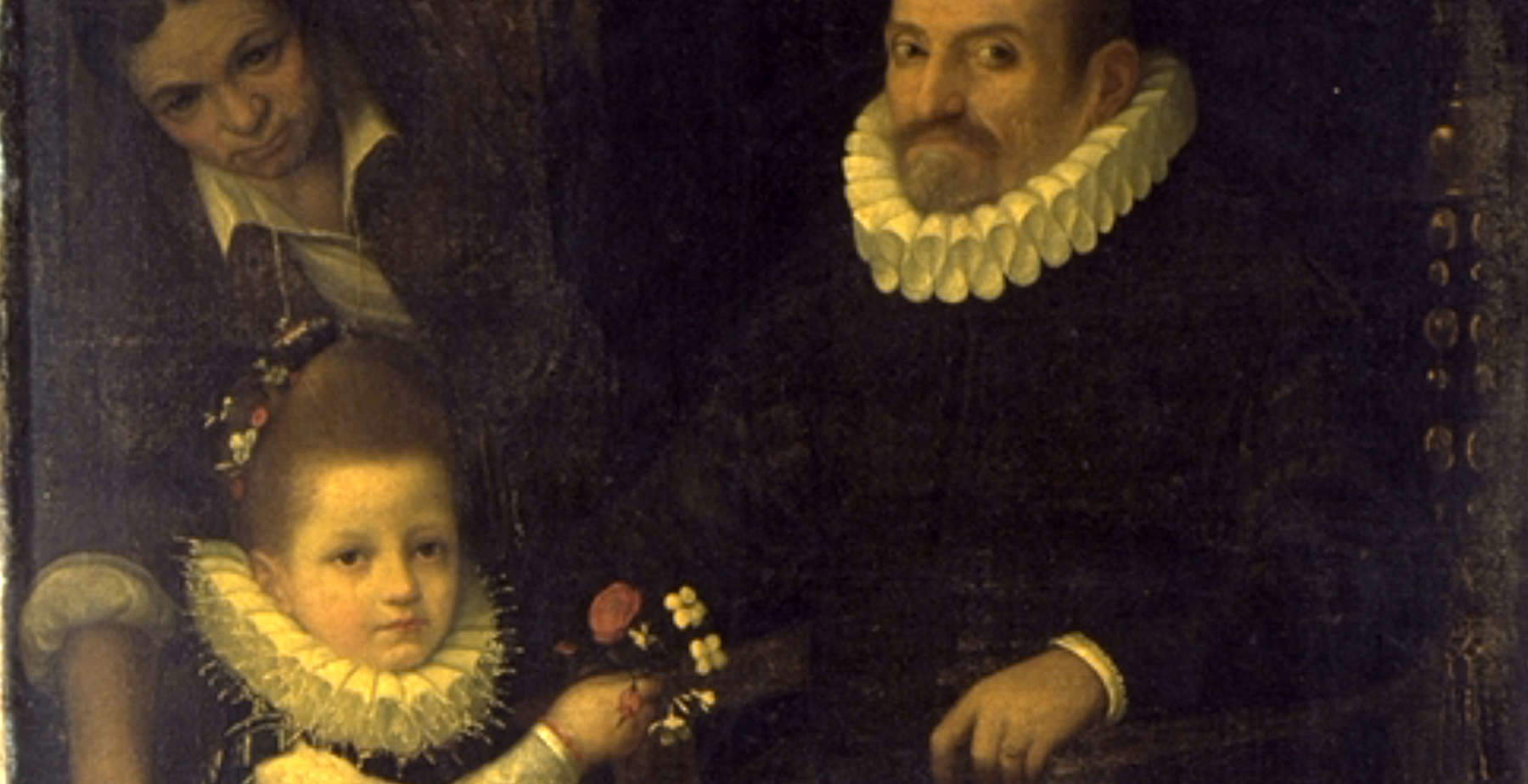 |
| France, Douai museum announces discovery of a rare portrait of Lavinia Fontana |
Warning: the translation into English of the original Italian article was created using automatic tools. We undertake to review all articles, but we do not guarantee the total absence of inaccuracies in the translation due to the program. You can find the original by clicking on the ITA button. If you find any mistake,please contact us.





